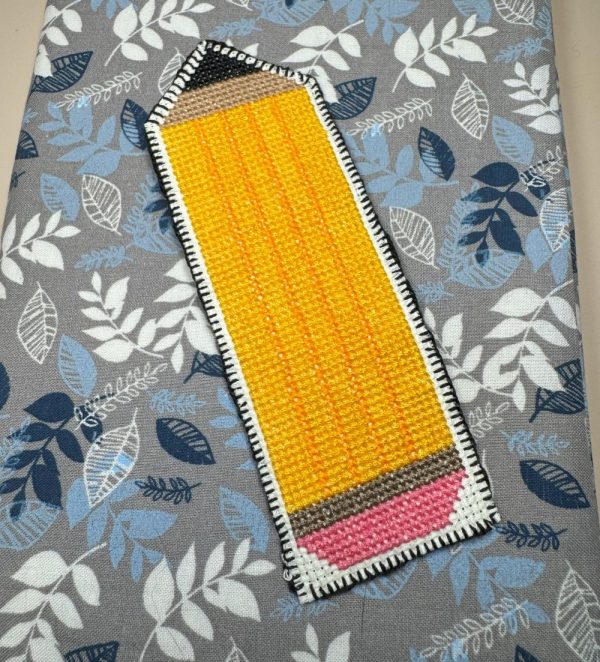I love bias tape. Love, love, love it!! Love it so much I could marry it. I especially love custom bias tape out of printed fabrics.
Given my jr. high crush on custom bias tape, it should come as no surprise that I’m constantly MAKING bias tape. The only problem is, I’m always forgetting how wide to cut my fabric to go into the different sized bias tape makers. To make matters worse, not all of them are clearly labeled with a size. One has the number 18 stamped into the plastic, but the others have no measurement indicated at all. In order to figure out the width to cut my strips, I have to first determine the size of the bias tape maker, then cross-reference that on a chart that came with one of my bias tape makers. What a hassle!
I decided this morning that there was a better way. I measured my bias tape makers and determined the strip widths for each, then marked that on the top of the bias tape maker in permanent ink. Voila! Simple solution, and it only took me a year to come up with it. Yeah, I’m swift like that.
